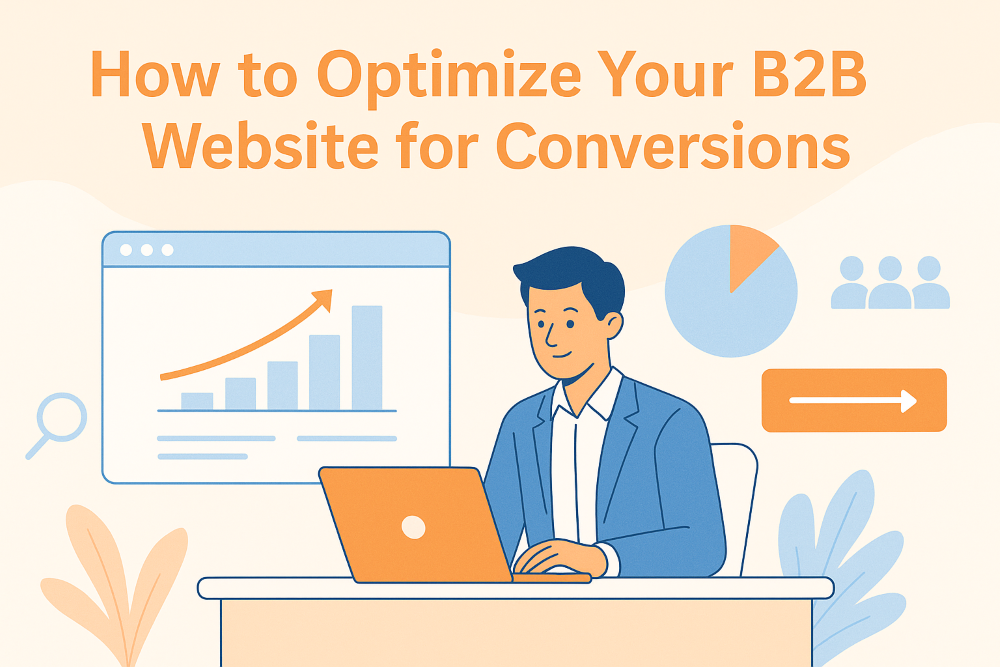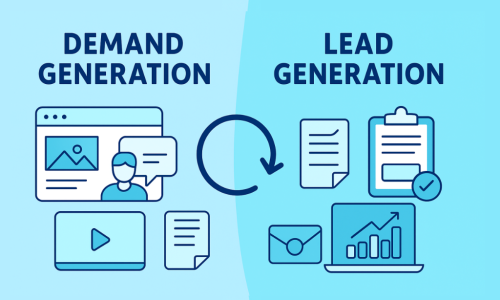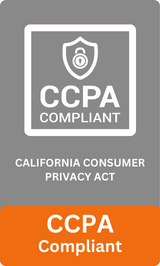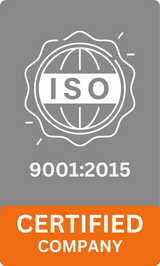
“Your website is the most powerful salesperson you have—it works 24/7, never calls in sick, and scales infinitely.”
— Neil Patel
Your B2B website has just seven seconds to prove it’s worth sticking around. That’s how long most visitors take to decide whether to explore further or bounce—and if your site isn’t built to convert, you’re losing business before it even begins.
Think of your website not as a static brochure, but as your hardest-working sales rep—one that never sleeps. For B2B companies targeting decision-makers who demand clarity, credibility, and convenience, every pixel and paragraph must earn its place. From engaging copy and clean design to SEO and seamless user journeys, optimizing your B2B website is critical to turning casual visitors into committed clients.
In this guide, we’ll break down 10 powerful strategies to transform your website into a high-converting growth engine—so you can stop missing opportunities and start closing more deals.
Table of Contents
Toggle1# Know Your Target Audience Inside-Out
Understanding your target audience is the cornerstone of conversion optimization. To effectively tailor your website, start by developing detailed buyer personas. This includes studying their demographics, challenges, motivations, and the decision-making process. Dive into CRM data, past customer interactions, and industry behavior trends.
Unlike B2C purchases, B2B buying cycles are complex and often involve multiple stakeholders. Mapping the customer journey—from awareness to decision—helps you align content and calls to action with the right stage of engagement. Whether it’s a resource for early-stage research or a detailed case study for consideration, each element must serve a strategic purpose.
2# Design for Conversion, Not Just Aesthetics
A clean, well-structured layout isn’t just pleasing to the eye; it makes it easier for users to find what they’re looking for. Focus on intuitive navigation and create a visual hierarchy that guides the visitor toward key conversion points.
Your B2B website must be responsive. Given the rise of mobile device usage among business professionals, your site must load quickly and look great on all screen sizes. Optimize image sizes, use compressed scripts, and test load speed regularly using tools like Google PageSpeed Insights.
3# Create a Value-Driven Content Strategy
Content is king, especially in B2B marketing where decision-makers seek value and credibility. By publishing thought leadership articles, detailed whitepapers, and real-world case studies, you establish trust and showcase your expertise.
A blog can be a powerful educational tool. Write about industry challenges, best practices, and how your solutions address specific pain points. Ensure the content is SEO-optimized with relevant keywords and includes internal links to related service pages or downloadable assets.
4# Clear and Compelling Call-to-Actions
Your website’s CTAs should clearly communicate the next step a visitor should take. Whether it’s downloading a resource, requesting a demo, or subscribing to a newsletter, your CTA needs to stand out and deliver immediate value.
Place CTAs prominently on high-traffic pages and within relevant content. Use action-oriented language and contrasting colors to capture attention. It’s also wise to A/B test different versions of your CTAs to determine what drives the most engagement.
5# Optimize Your Lead Capture Forms
Long, complex forms can deter potential leads. Simplify them by asking only for essential information initially. You can collect more data later through progressive profiling as the lead continues to engage with your brand.
Consider experimenting with multi-step forms. These often appear less intimidating and can guide users through a logical progression, making them more likely to complete the form.
6# Build Trust and Credibility Through Social Proof
B2B buyers often seek validation from their peers. Including testimonials, reviews, and client logos on your site can significantly enhance credibility. Go a step further by showcasing in-depth case studies that highlight measurable outcomes from your solutions.
Awards, certifications, and positive third-party reviews also reinforce your trustworthiness. Ensure these elements are displayed on key landing pages and near conversion points to influence decision-making.
7# Leverage SEO for Organic Visibility
Search engine optimization drives qualified traffic to your B2B website. Start with strong on-page SEO—integrate your focus keyword “B2B Website” into titles, headers, meta descriptions, and introductory paragraphs. Add relevant internal links and image alt tags to enhance discoverability.
Don’t neglect technical SEO. Ensure your site is free of crawl errors, implements schema markup, and has a logical content structure. These factors contribute to better rankings and, ultimately, more conversions.
8# Implement Smart Personalization
Not all visitors are the same, and your content shouldn’t be either. Use data to serve personalized experiences based on industry, geographic location, or user behavior. Display different messages or offers to new visitors compared to returning ones.
Create landing pages tailored to specific campaigns or audience segments. This targeted approach increases relevance and improves conversion rates.
9# Analyze and Continuously Improve with Data
Your website optimization process should never be static. Use analytics tools to identify what’s working and what isn’t. Heatmaps and session recordings offer insight into user behavior, revealing which sections are engaging and which are being ignored.
Google Analytics can help track goal completions, identify top-performing pages, and assess bounce rates. Set up conversion funnels to pinpoint where users drop off and adjust those specific areas to improve retention and completion rates.
10# Integrate CRM and Marketing Automation
A seamless transition between marketing and sales teams is crucial. Integrate your website with your CRM to capture and score leads efficiently. Set up automated workflows to follow up with prospects who fill out forms or engage with key content.
Retargeting strategies can also bring back visitors who left without converting. Use marketing automation tools to send personalized reminders or offer incentives that encourage them to return and take action.
Conclusion
Optimizing your B2B website for conversions is not a one-time task—it’s an ongoing strategy that requires attention to user behavior, data insights, and evolving buyer expectations. By implementing a cohesive approach that blends user-centric design, targeted content, streamlined lead capture, SEO, and data-driven improvements, you lay the foundation for long-term digital success.
Start by identifying areas of friction on your current site, prioritize quick fixes, and building momentum toward more advanced personalization and automation tactics. Remember, even small tweaks—like improving CTA placement or reducing form fields—can lead to measurable gains in conversion rates. Keep testing, iterating, and refining, because your B2B website should never be static—it should grow and evolve alongside your business goals.
FAQs
What is the best way to improve B2B website conversions?
Focus on user experience, fast load speeds, clear CTAs, and trust-building content. Use A/B testing and analytics to make informed updates.
How do I create an effective CTA for my B2B site?
Make it action-oriented and benefit-driven. Use contrasting colors and place it prominently on high-traffic pages.
What kind of content works best for B2B audiences?
Case studies, whitepapers, how-to guides, and webinars. Focus on solving specific pain points and demonstrating ROI.
How often should I update my B2B website?
Regularly update your blog and landing pages based on performance data. Refresh static pages quarterly or after major business updates.
Does SEO help in conversion rate optimization for B2B?
Absolutely. SEO brings in targeted traffic. When paired with good UX and strong CTAs, it improves both traffic and conversions.
What tools can I use to optimize my B2B website?
Tools like Hotjar (heatmaps), Google Analytics (traffic insights), HubSpot (CRM and automation), Optimizely (A/B testing), and SEMrush or Ahrefs (SEO performance) are valuable for effective optimization.










